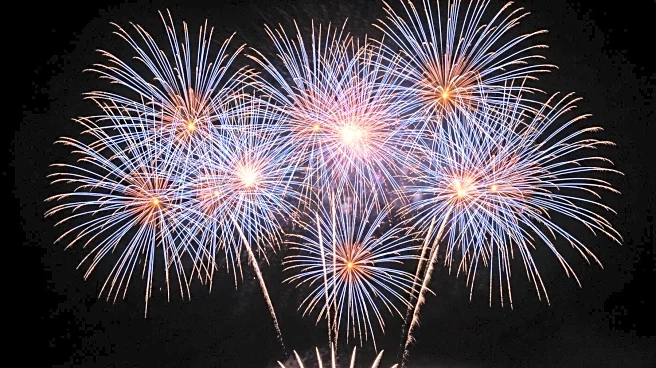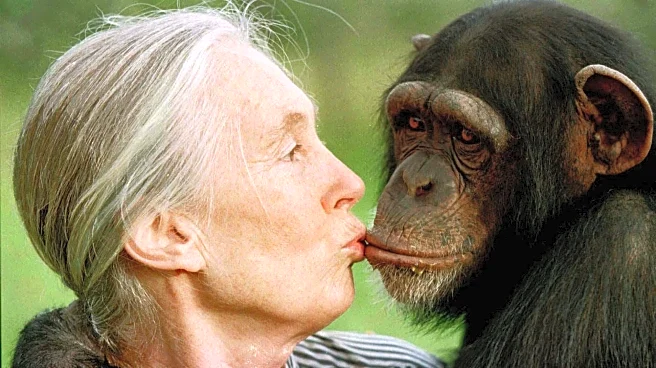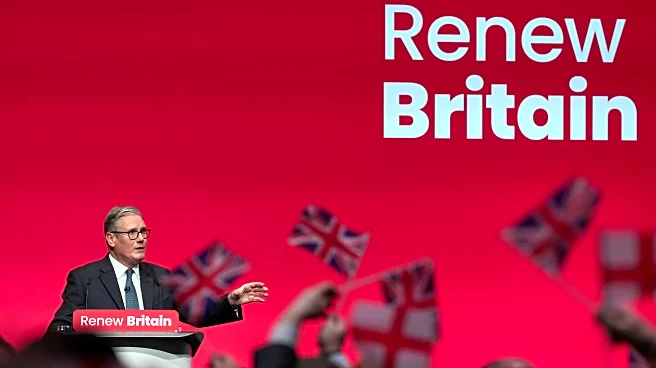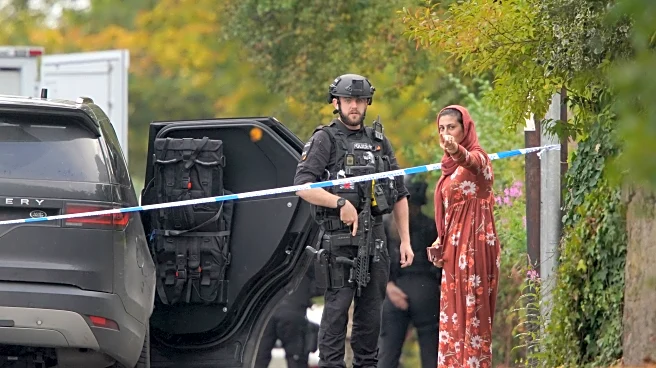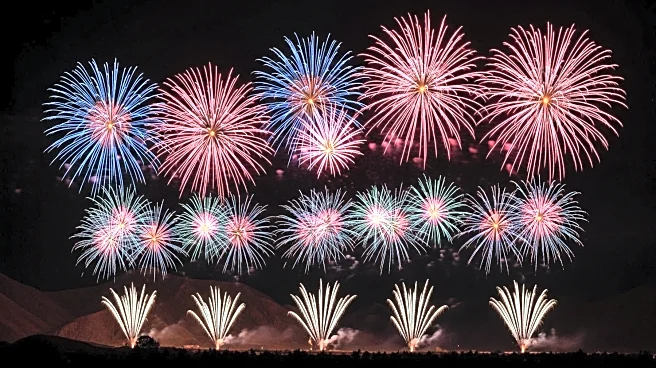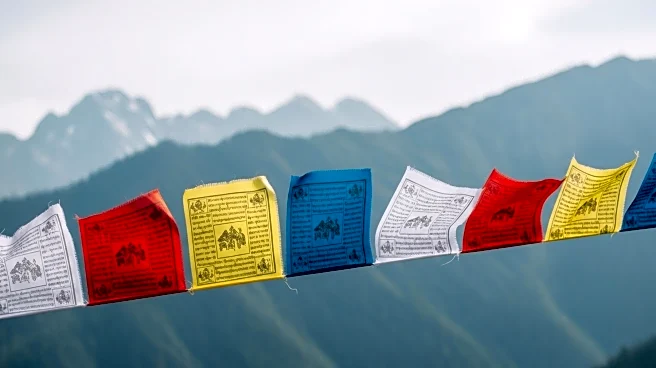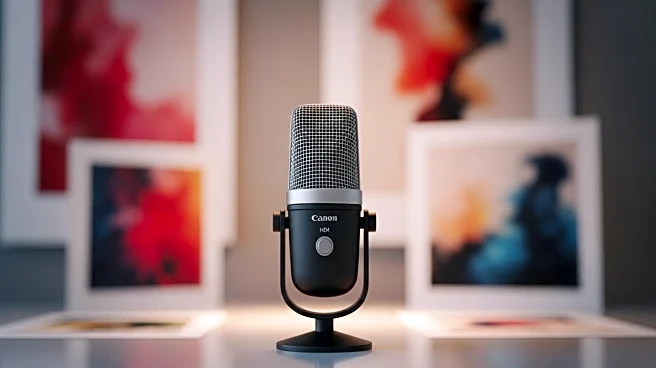What is the story about?
What's Happening?
Cai Guo-Qiang, a renowned artist, is facing protests from the Tibetan Community in Britain due to his recent exhibition at White Cube in London. The controversy stems from a viral stunt where Cai set off hundreds of fireworks in the Himalayan ridgelines of Shigatse, Tibet, in collaboration with outdoor equipment company Arc'teryx. Protestors argue that this act threatens the region's geological and political sensitivity, with Tenzin Rabga Tashi, a protestor, highlighting the environmental degradation in Tibet. Cai has since issued an apology, acknowledging the concerns raised by the community.
Why It's Important?
The protest against Cai Guo-Qiang's exhibition highlights ongoing tensions regarding cultural and environmental stewardship in Tibet. The incident underscores the sensitivity surrounding artistic expressions that intersect with politically charged regions. It raises questions about the responsibilities of artists and corporations in respecting cultural heritage and environmental conservation. The backlash could influence future collaborations and exhibitions, prompting artists and institutions to consider the broader implications of their work on affected communities.
What's Next?
Following the protests, White Cube has acknowledged the concerns of the Tibetan Community in Britain. It remains to be seen whether the exhibition will continue as planned or if further actions will be taken to address the community's grievances. The incident may prompt discussions within the art world about ethical considerations in artistic practices, especially those involving culturally sensitive regions. Stakeholders, including art institutions and environmental groups, may engage in dialogue to establish guidelines for responsible artistic expressions.
Beyond the Headlines
The protest against Cai Guo-Qiang's exhibition reflects broader issues of cultural appropriation and environmental impact in the art world. It raises ethical questions about the role of artists in representing and interacting with marginalized communities. The incident could lead to increased scrutiny of art projects that involve sensitive cultural or environmental contexts, potentially influencing funding and support for such initiatives.
AI Generated Content
Do you find this article useful?
